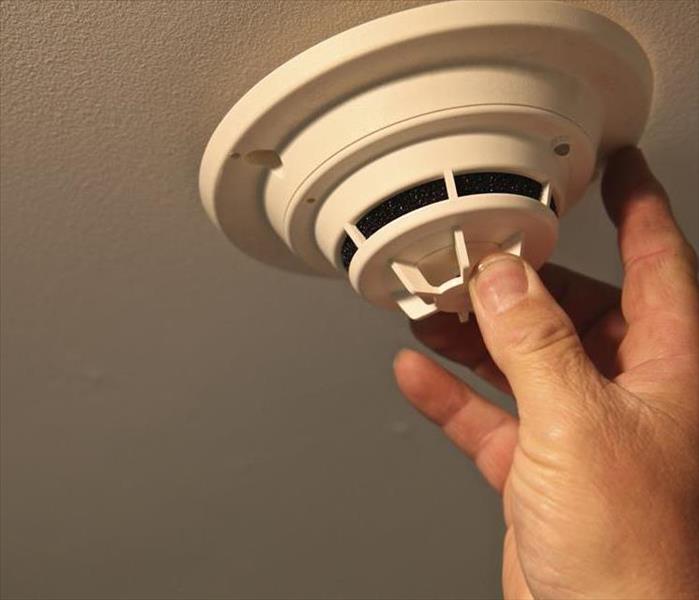FAQ's about Smoke and Carbon Monoxide (CO) Alarms
12/1/2021 (Permalink)
What’s the difference between smoke alarms and carbon monoxide (CO) alarms? Why do I need both?
Smoke alarms sense smoke well before you can, alerting you to danger. In the event of fire, you may have as little as two minutes to escape safely, which is why smoke alarms need to be in every bedroom, outside of the sleeping areas (like a hallway), and on each level (including the basement). Do not put smoke alarms in your kitchen or bathrooms.
Carbon monoxide is an odorless, colorless gas that displaces oxygen in your body and brain and can render you unconscious before you even realize something is happening to you. Without vital oxygen, you are at risk of death from carbon monoxide poisoning in a short time. CO alarms detect the presence of carbon monoxide and alert you so you can get out, call 9-1-1, and let the professionals check your home.
How do I know which smoke and CO alarm to choose for my home?
Choose an alarm that is listed with a testing laboratory, meaning it has met certain standards for protection. Whether you select a unit that requires yearly changing of batteries, or a 10-year unit that you change out at the end of the 10 years, either will provide protection.
CO alarms also have a battery backup. Choose one that is listed with a testing laboratory. For the best protection, use combination smoke and carbon monoxide alarms that are interconnected throughout the home. These can be installed by a qualified electrician, so that when one sounds, they all sound. This ensures you can hear the alarm no matter where in your home the alarm originates.
In the event you suffer fire or smoke damage, contact SERVPRO of Fernandina Beach/Jacksonville Northeast at 904.729.2401.






 24/7 Emergency Service
24/7 Emergency Service
